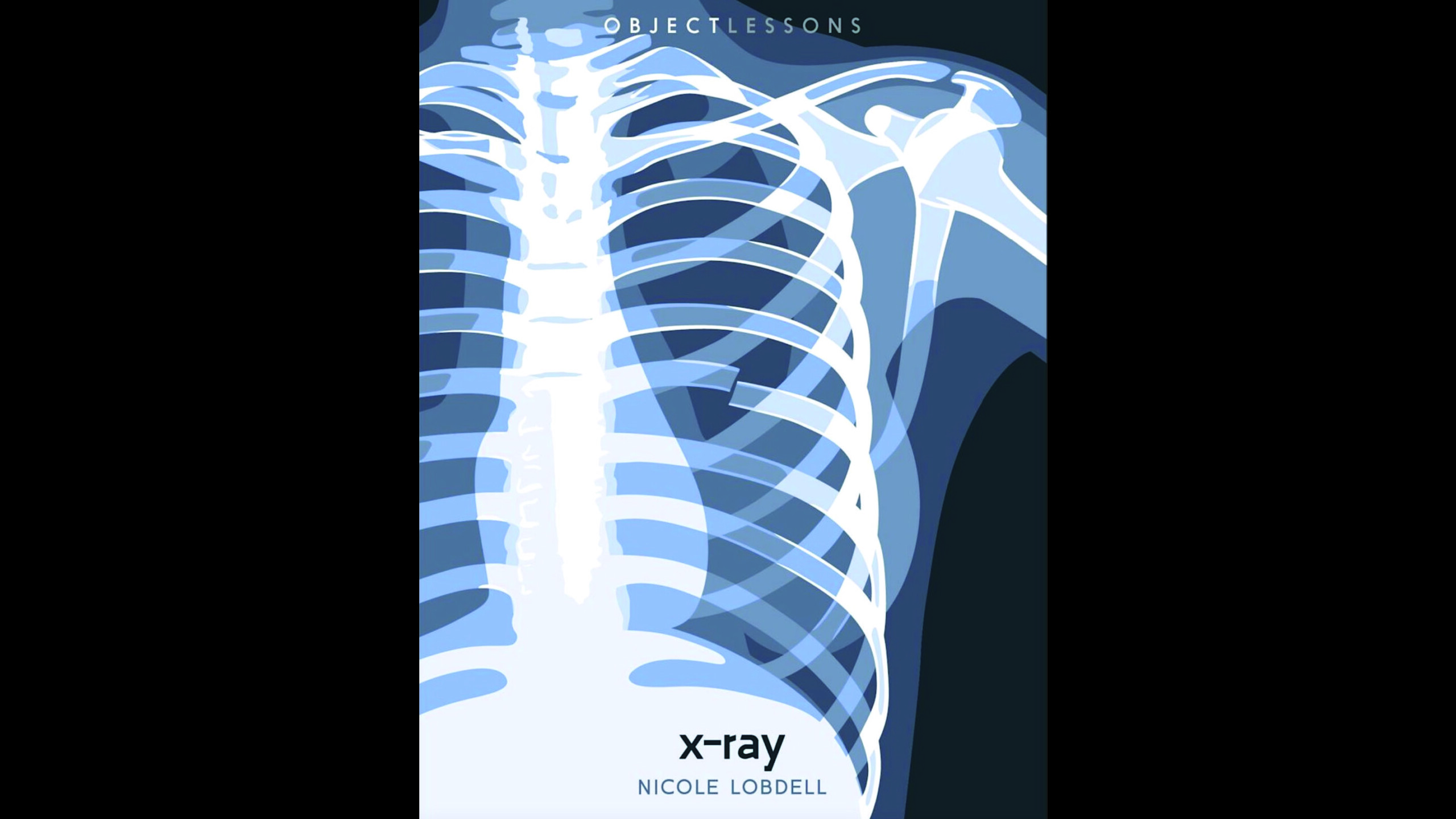NATCHITOCHES – Nicole Lobdell’s interests in literature, science and medicine all come together in a new book, “X-ray” published by Bloomsbury. Lobdell is an assistant professor of English in the Louisiana Scholars’ College at Northwestern State University.
The book is part of Bloomsbury’s Object Lessons Series, a series of books about the hidden lives of ordinary things. Information is available at https://www.bloomsbury.com/us/xray-9781501386701/ .
Announcement of the book coincides with upcoming national Radiologic Technology Week Nov. 3-9, which commemorates the discovery of the X-ray by Wilhelm Conrad Roentgen on Nov. 8, 1895.
In the book, Lobdell explores when, where and how we use X-rays, what meanings we give them, what metaphors we make out of them, and why, despite our fears, we’re still fascinated with them. In doing so, she draws from a variety of fields, including the history of medicine, science and technology studies, literature, art, material culture, film, comics, gender studies, architecture and industrial design.
“This book came out of research I did for an earlier book on H.G. Wells’s ‘The Invisible Man’ which was inspired by X-rays (which were discovered in 1896) and the idea that the body could be transparent. “I published the book on Invisible Man in 2016, but all the information I had accumulated about X-rays did not fit into it. So, a friend encouraged me to write a book solely on X-rays.”
Lobdell said her research background is in 19th-century literature, but she is drawn to the intersections of literature, science and medicine.
“I also work on Gothic literature and science fiction, and there is something quite Gothic and haunting about an X-ray that captures both my interest and my imagination,” said Lobdell, who also has a personal connection to X-rays. “One of my earliest memories is of getting a chest X-ray, when I was six years old and had pneumonia. I remember this moment of being in the hospital room and seeing the X-ray hanging on a lightboard on the wall and feeling quite unnerved and confused by the idea that the X-ray was me. That uncanny feeling has stayed with me, and so in writing this book, I was exploring not only what X-rays are and how we use them, but also the meanings and emotions we associated with X-rays.”
In promoting “X-ray,” Lobdell recently appeared on the BBC podcast “Thinking Allowed.” The podcast is available at https://www.bbc.co.uk/sounds/play/m00230wm.
In reflecting on what X-rays contribute to popular culture Lobdell discusses a trope in film and television called X-ray Sparks. This occurs when a character receives a jolt of electricity and we (the viewers) can momentarily see the character’s skeleton inside their body.
“We see this all the time, especially in comedies, but the example that stands out to me and that I write about in the book is in the ‘Star Wars” film ‘Return of the Jedi.’ When Darth Vader saves Luke,” she said. “There is a moment when Vader has to make a choice – Luke is lying on the ground reaching out towards him, while Palpatine is electrocuting Luke with force lightning. As Darth Vader lifts Emperor Palpatine over his head, Vader is zapped by Palpatine’s Force lightening. In that moment, Vader’s skeleton is illuminated inside his body, and we can see the parts of him that are human and the parts that are machine. Vader is set up as this impenetrable character and then, at this most critical moment when he has to make a choice, he is illuminated for us, and we can see his remnants of humanity.”
According to Lobdell, COVID gave new significance to X-rays.
“X-rays were important in diagnosing COVID, especially in the early days before other forms of testing were available, and then for monitoring infection in the lungs. X-rays helped doctors see what wasn’t visible, such as fluid build-up, which allowed for quicker decisions,” said Lobdell. “Simultaneously, in March 2020, which is the month that many people associate with the world shutting down, there was a proposal submitted to Unicode for an X-ray emoji. Prior to March 2020, we did not have an X-ray emoji, but the two individuals who put together the proposal noted the requests on social media for an X-ray emoji and the high probability for its usage. I don’t think they could have anticipated how much we would need that symbol.”
Lobdell joined the faculty of the Scholars’ College in 2022. She holds a Ph.D. in English from the University of Georgia.
Lobdell has expertise in 19th- and 20th-century British and World literature and teaches a range of courses with interests in gender and sexuality studies, genre and poetics, Gothic literature, science fiction and health humanities. She edits the interdisciplinary journal “Nineteenth Century Studies” and serves as the webmaster for Interdisciplinary Nineteenth-Century Studies https://incsscholars.org/ Earlier this year, she received the Faculty Excellence in Teaching Award at Northwestern, and this past July she was the Huntington Fellow at Lincoln College at the University of Oxford (UK).
She is currently working on “Bithia Mary Croker: Short Stories,” which is part literary biography and part critical anthology, under contract with Routledge. For more information on Lobdell’s work, go to nicolelobdell.com.
Information on the Louisiana Scholars’ College, Louisiana’s selective-admission honors college of the liberal arts and sciences, is available at https://www.nsula.edu/scholars/.
Northwestern State’s School of Allied Health offers degrees in bachelor’s and master’s degrees in radiologic sciences as well as certificates in specialized fields of radiologic technology. Information on those programs is available at https://www.nsula.edu/alliedhealth/.

